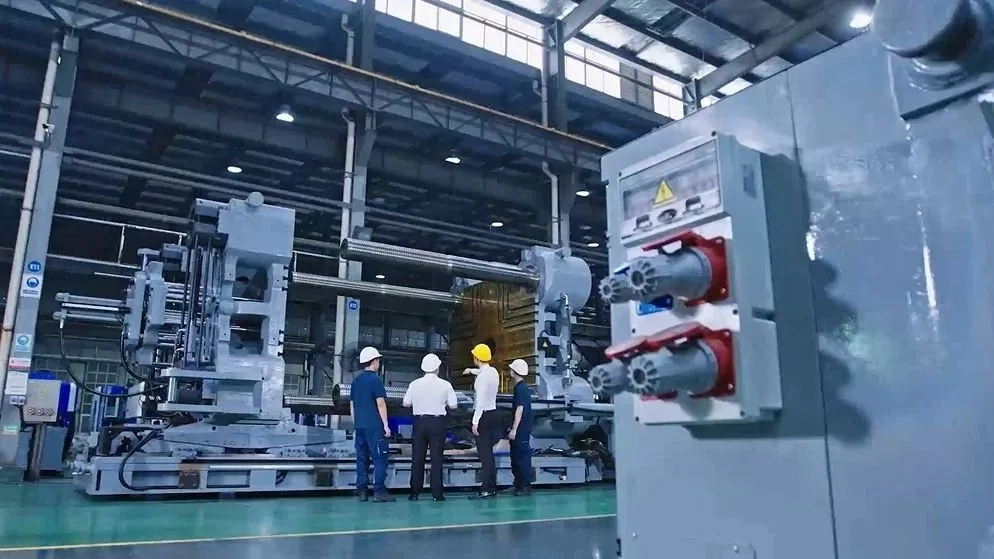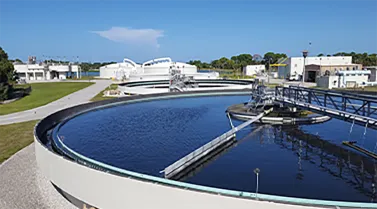Stamping Parts Price Guide Affordable & High-Precision Solutions
- Fundamentals of Stamping Parts Cost Structures
- Key Cost Drivers in Metal Stamping Operations
- Technical Advancements Reducing Production Expenses
- Comparative Analysis: Global Stamping Parts Suppliers
- Customization Options for Budget Optimization
- Industry-Specific Cost Success Stories
- Strategic Sourcing for Competitive Stamping Parts Price

(stamping parts price)
Understanding Stamping Parts Price Fundamentals
Material selection remains the cornerstone of stamping parts cost, typically accounting for 40-60% of total pricing. Recent Commodity Research Bureau data shows aluminum prices fluctuating between $2,400-$2,900 per metric ton, directly impacting part costs. The interplay between raw material expenses, production complexity, and volume requirements creates the final pricing structure that manufacturers must navigate precisely.
Secondary operations significantly contribute to overall costs, where processes like tapping, deburring, and plating can add 15-30% to the base price. Automotive tier suppliers report that high-volume projects (50,000+ units) typically achieve 18-22% cost reduction compared to short runs. Production efficiency peaks between 2,500-15,000 strokes per hour depending on press capability, demonstrating how throughput directly affects the machining price per component.
Price Determination Factors in Metal Stamping
Three primary elements dictate stamping parts pricing: tooling investment amortization accounts for 15-25% of initial project costs, material thickness variations (0.5-6mm) influence scrap rates by 8-15%, and geometric complexity determines necessary press operations. Progressive dies handling intricate components require 4-11 stations, increasing both precision and production expenses accordingly.
Tolerance requirements create exponential cost relationships; maintaining ±0.05mm precision rather than ±0.1mm raises production expenses by 30-40%. Surface finish specifications similarly impact pricing, where SPI-A2 standards increase costs by 12-18% compared to standard finishes. Secondary services including zinc plating, powder coating, or E-coating add $0.08-$1.25 per part depending on treatment complexity and material compatibility.
Engineering Innovations Cost Reduction
Automated transfer systems represent the most significant advancement in low price stamping parts production, achieving 45% labor reduction compared to manual operations. Contemporary presses running at 1,200+ strokes per minute yield 30% higher output than decade-old machinery. Smart sensors monitoring tool wear prevent 92% of quality-related scrap, substantially improving per-part economics throughout production cycles.
Material utilization algorithms now achieve 93-97% efficiency rates through AI-driven nesting optimization. Cloud-based quotation systems generate accurate estimates 78% faster than traditional methods, compressing RFQ-to-production timelines. Real-time monitoring solutions decrease machine downtime by 40%, effectively reducing machining price through enhanced operational efficiency.
Global Manufacturer Pricing Comparison
| Supplier Region | Annual Production Capacity (tons) | Average Tooling Investment | Per-Part Savings vs Standard | Lead Time (Weeks) |
|---|---|---|---|---|
| North America | 8,000-15,000 | $18,000-$45,000 | 0% Baseline | 6-8 |
| Western Europe | 6,500-12,000 | $22,000-$52,000 | +5-8% | 8-10 |
| China Coastal | 25,000-60,000 | $9,500-$25,000 | 12-18% | 10-14 |
| Southeast Asia | 15,000-35,000 | $8,000-$20,000 | 15-22% | 12-16 |
The comparison clearly illustrates regional tradeoffs between lead times and cost savings. While Southeast Asian manufacturers offer the most aggressive pricing for low price stamping parts, material certifications add 7-10 days to project timelines. North American suppliers provide faster turnarounds for prototyping and bridge tooling, particularly advantageous for volumes under 50,000 units.
Custom Cost Optimization Solutions
Volume-tiered pricing programs deliver tangible decreases: orders of 100,000 units typically secure 17-23% better stamping parts price
than 25,000-unit batches. Standardized material programs yield 8-12% savings through bulk purchasing agreements with mills. Design-for-manufacturing analysis during product development prevents 40% of cost-inefficient features before tooling begins.
Modular tooling approaches provide flexibility for evolving part iterations at 30-50% lower tooling modification expenses. Material substitution programs offer certified alternatives achieving equivalent performance characteristics at 5-15% reduced material costs. Post-production value analysis consistently identifies additional 7-11% saving opportunities through process refinement during ongoing production cycles.
Industry Application Cost Analysis
Automotive console bracket production illustrates successful cost management: transitioning from traditional machining to stamping yielded 34% cost reduction while maintaining ±0.1mm positional tolerances. The standardization program consolidated 27 bracket variations into 4 multifunctional designs, cutting tooling investments by $310,000 annually across production facilities.
Electronics enclosure manufacturing demonstrates secondary operation savings: implementing in-house plating reduced turnaround from 21 days to 48 hours while cutting finishing costs by 42%. Appliance component sourcing quantified that regional reshoring with automated presses offset previous offshore advantages, achieving 12% lower total cost despite increased labor rates through enhanced productivity.
Strategic Approaches to Competitive Stamping Parts Price
Establishing long-term partnerships generates superior economics: multi-year contracts typically secure 14-18% better pricing than transactional purchasing. Combining annual volume commitments with flexible release scheduling creates win-win scenarios that consistently yield better stamping parts price. Technical collaboration during product development rather than post-design quotation consistently reduces unit cost by 22-30%.
Total cost analysis reveals that logistics and inventory carrying costs represent 18-25% of landed part expenses. Localized mini-factories now service regional needs with 35% faster response times while maintaining competitive machining price through automated cells. Forward-thinking procurement strategy acknowledges that the most economical solution balances per-part cost with supply chain resilience, quality consistency, and technical partnership.

(stamping parts price)
FAQS on stamping parts price
Q: What factors determine the price of stamping parts?
A: Material cost, production volume, and part complexity primarily dictate stamping parts pricing. Higher volumes reduce unit costs through amortized tooling expenses. Tight tolerances or special finishes increase prices due to added processing time.
Q: How to get low price stamping parts without quality compromise?
A: Optimize designs for efficient material usage and standardize specifications to avoid custom tooling. Consolidate orders for bulk discounts and work with experienced manufacturers who balance cost and precision. Strict quality control must be maintained throughout production.
Q: Why do stamping parts prices vary significantly between suppliers?
A: Differences in production efficiency, tooling investment strategies, and supply chain capabilities cause price variations. Automation levels impact labor costs, while material sourcing partnerships affect raw material pricing. Manufacturer location also influences overhead expenses.
Q: How does machining pricing compare to stamping parts costs?
A: Stamping parts are generally cheaper for high-volume production after tooling costs are absorbed, while machining excels for low-volume precision parts. Secondary operations like threading or surface treatments add costs to both processes. Material waste reduction makes stamping more economical at scale.
Q: What strategies help reduce stamping parts prices in long-term projects?
A: Invest in durable tooling for high-volume production and establish material consignment agreements. Implement design-for-manufacturing principles to streamline production and continuously monitor process efficiencies through data analysis. Long-term supplier partnerships often yield cost optimizations.
-
OEM Sand Cast Pump Valve Fittings - Baoding Hairun Machinery | Precision Engineering, CustomizationNewsJul.22,2025
-
OEM Sand Cast Pump Valve Fittings-Baoding Hairun Machinery|Precision Engineering,Industrial ApplicationsNewsJul.21,2025
-
OEM Sand Cast Pump Valve Fittings-Precision Engineering|Green Sand Casting&Industrial ApplicationsNewsJul.21,2025
-
OEM Sand Cast Pump Valve Fittings-Precision Engineering|Green Sand Casting&Industrial ApplicationsNewsJul.21,2025
-
OEM Sand Cast Pump Valve Fittings-Precision Engineering|Green Sand Casting&Industrial ApplicationsNewsJul.21,2025
-
OEM Sand Cast Pump Valve Fittings | Baoding Hairun Machinery And Equipment Trading Co., Ltd.NewsJul.21,2025















